Retro Review: Porsche 356
The Porsche 356, the automaker’s first car, launched seven decades of innovation, racing dominance, and a brand synonymous with speed.
The Missing Link
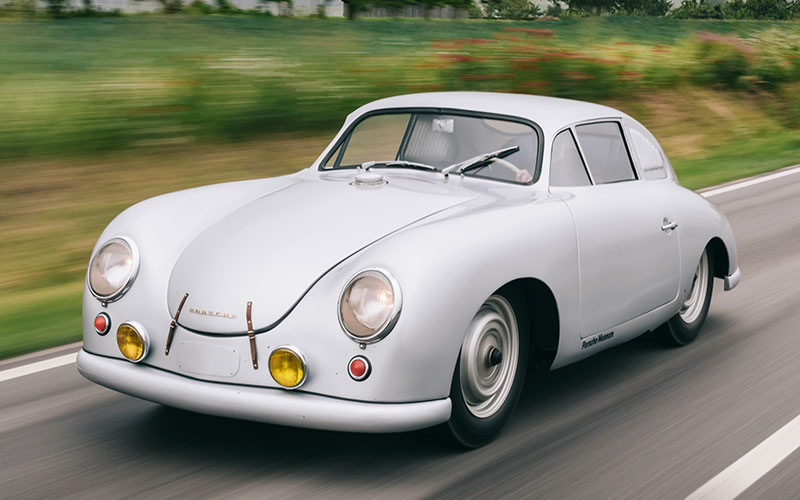
Porsche 356 SL – newsroom.porsche.com | Shop Porsche 356 on Carsforsale.com
Between the Volkswagen Beetle and the Porsche 911 there sits the Porsche 356. It’s the evolutionary missing link that bridges the two most recognizable German cars ever made, cars made by the same family, Porsche. Ferdinand Porsche Sr. designed the Beetle to be “the people’s car.” In the wake of WWII, his son Ferry Porsche designed the 356 as a combination of lightness and power that rewrote what we talk about when we talk about sports cars. In doing so, Ferry Porsche and his new 356 laid the groundwork for Porsche to become the legendary mark it is today.
Out of the Ashes
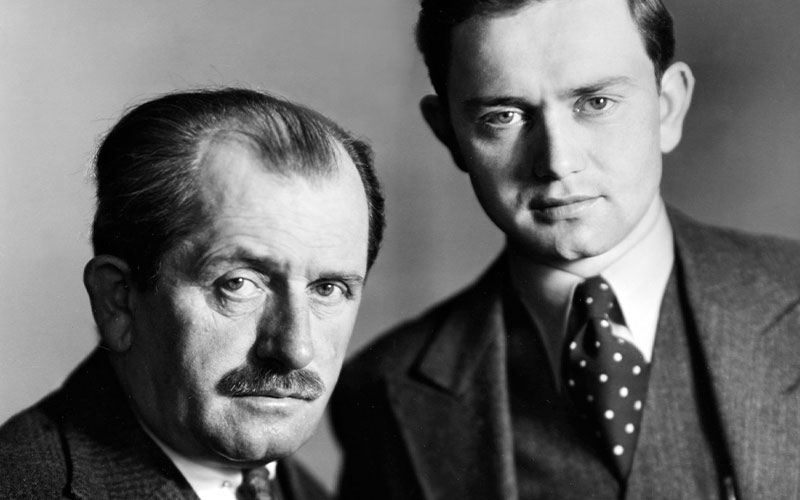
Like much of Germany following the war, Porsche was in shambles. Dr. Porsche was being held by French authorities (charges were eventually dropped) and the Porsche factory in Stuttgart was being used by Allied troops as a truck depot. As head of the company, Ferry Porsche divided the company’s resources and personnel and set up shop in Gmünd, Austria to work tractors and agricultural machinery.
A contract to build cars for the Cistalian race team in 1946 sparked a notion in Ferry Porsche that the path to a truly great sports car lay in the combination of lightness and power. With the help of technical director Karl Rabe and designer Erwin Komenda, the team forged a car whose basic design would influence all Porsches to follow. The classic Porsche silhouette began with the 356 with its round headlights and aerodynamic front end, its low profile and sloping rear deck.
A Winning Formula
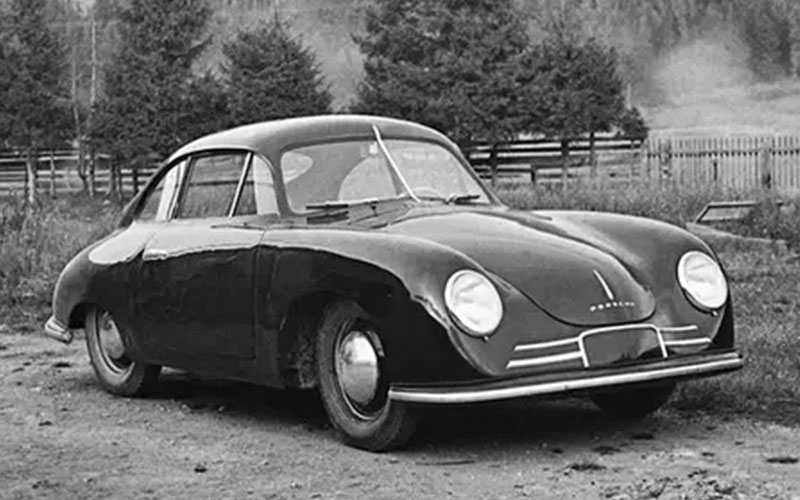
The first Porsche 356 prototype was completed in Gmünd in 1948. It and the next 50 Gmünd 356s feature a few unique characteristics including the use of aluminum body panels and a mid-engine rather than a rear engine layout. The 356 borrowed the Beetle’s 1120-cc flat-four but widened both the air intake and exhaust which increase the output from 25 horsepower to 40 horsepower. The tubular frame and aluminum body made for a light car. The Porsche 356 weighed in at just 1,300 lbs.
By 1950, Porsche was able to move construction of the 356 back to Germany, specifically to Zuffenhausen just north of Stuttgart. At this time, changes were made to the 356 to alleviate construction challenges and to lower costs (those early aluminum bodied cars were being meticulously hand built). Steel replaced aluminum for the body, and the engine was shifted back behind the rear axle. The engine also grew from the original 1.1L to 1.2L and then 1.3L.
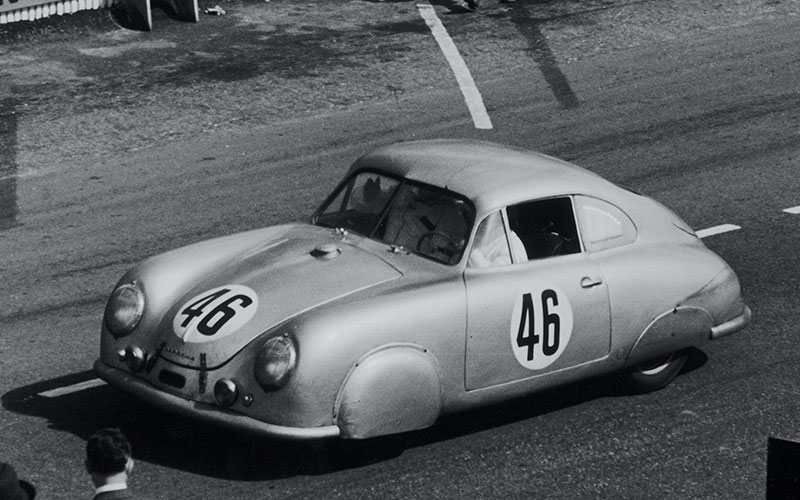
The Porsche 356 was already catching on with enthusiasts and racers alike. Porsche had assumed they would produce perhaps some 500 units of the 356, working on a few dozen per year. But the 356, realization of Ferry’s original dream of a light and powerful sports car, was so popular that over 7,600 were built over the next five years.
The first racing success for the 356 came in the 1951 24 Hours of Le Mans where it won the 1,100-cc class and placed a 12th overall finish.
The Speedster and Other Evolutions
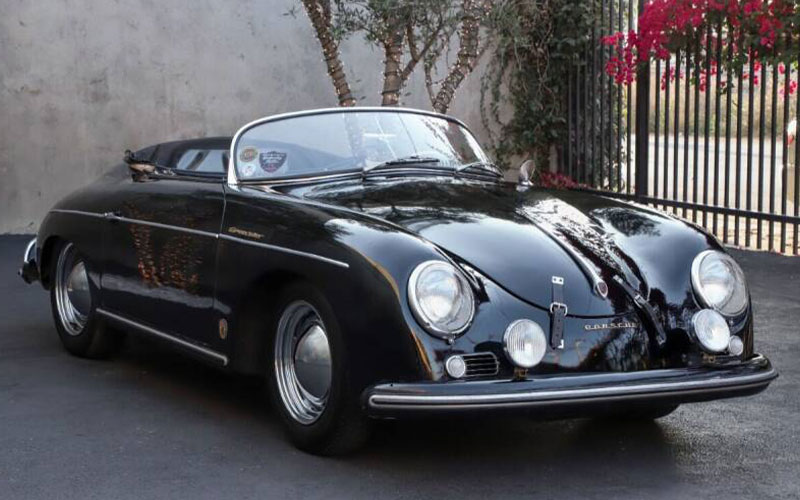
1957 Porsche 356 Speedster – carsforsale.com | Shop Porsche 356 on Carsforsale.com
Just as with the later 911, the Porsche never reinvented the 356 but instead chose to steadily refine it, honing every detail with an eye toward improving speed and handling.
In 1954, Max Hoffman, the sole US importer of Porsche cars, impressed upon the company to build a stripped down, no-nonsense version of the 356 for American buyers. The resulting 356 Speedster had a shorter, single-piece windscreen, fewer accessories, and a lower curb weight.
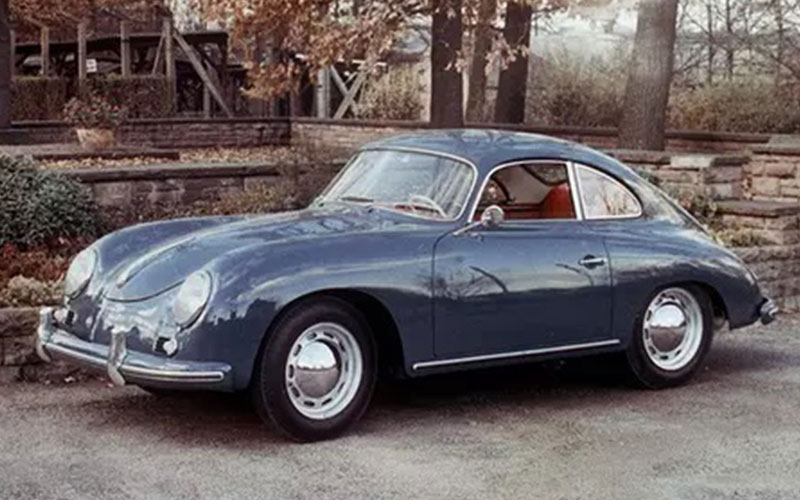
The next evolution of the 356 came in 1956 with the 356 A. It featured larger displacement engines ranging from the 356 A 1300 with a 44 horsepower 1,300-cc engine to the A 1500 GS Carrera with 100 horsepower. The third generation 356 B arrived in 1960 and featured the best characteristics of prior production and racing versions. The fourth and final generation, the 356 C arrived in 1964 with new disc brakes and the larges engines yet including three 1.6Ls and two different 2.0Ls.
The final 356s were built for the 1965 model year, though the last few were not completed until 1966. These included ten examples commissioned by the Dutch police force.
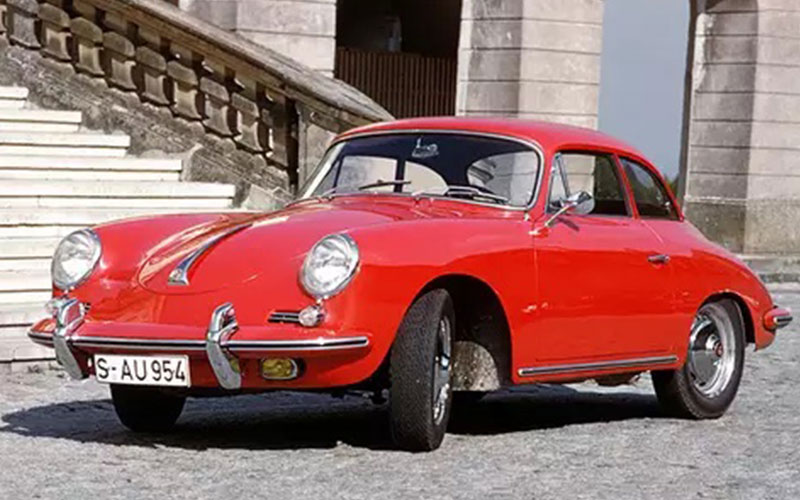
The Porsche 356 would be succeeded by the company’s new sports car, the Porsche 901 (later the 911). It too would feature a rear-mounted, air-cooled boxer engine, round headlights, and slight proportions. And it too would be a darling of the racetrack, the object of desire for all those who worship at the altar of automotive excellence.
Over its 17-year run, 76,313 Porsche 356s were built; far exceeding the 500 or so the company had originally envisioned.


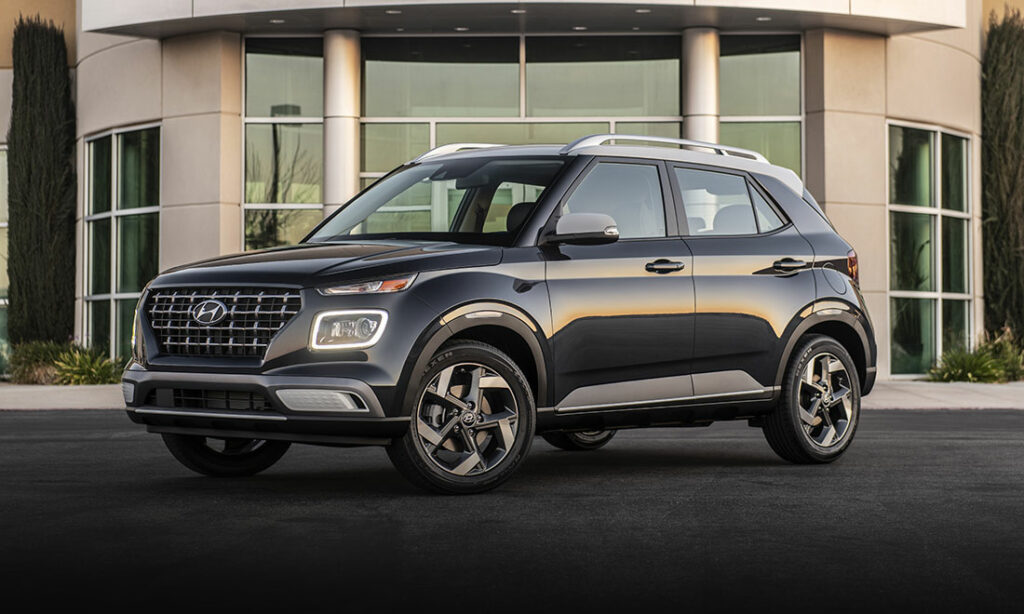
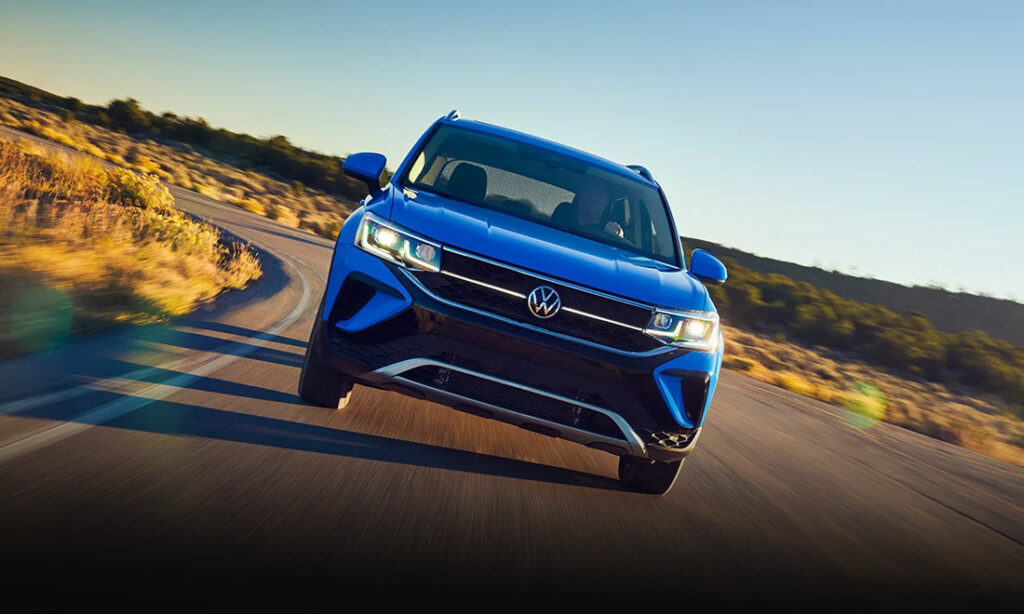
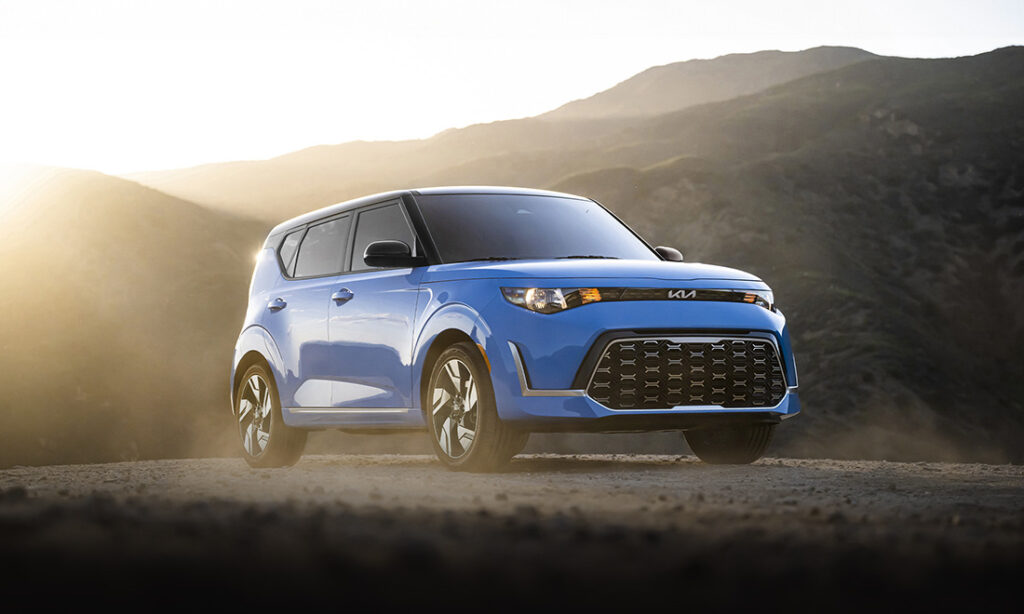
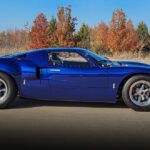
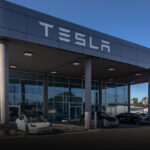
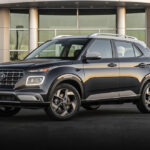







I was an 8th grader attending a US school in Germany in 1958. DOD hosted a car show in the sports arena in our housing area and it was there I saw up close and personal the Porsche 356 1600 Super 90 in what Porsche called chariot red. It was drop dead gorgeous. I’ve been a Porsche fan ever since.
Aren’t they amazing!?